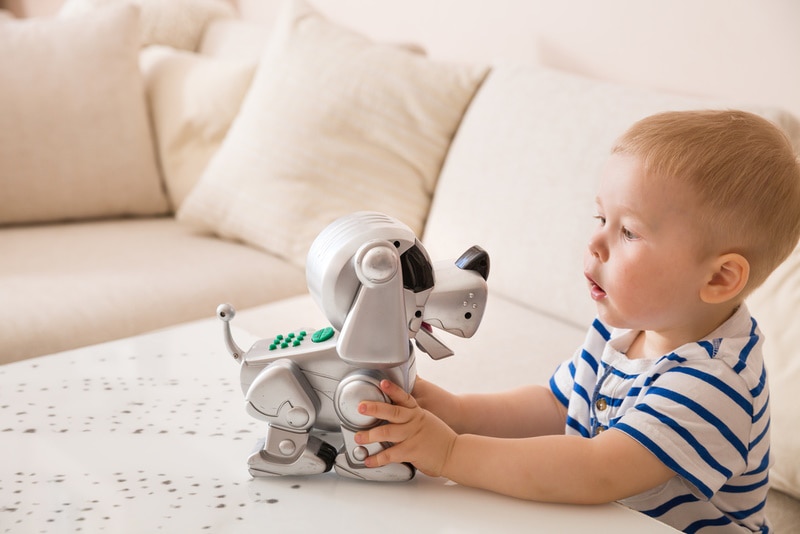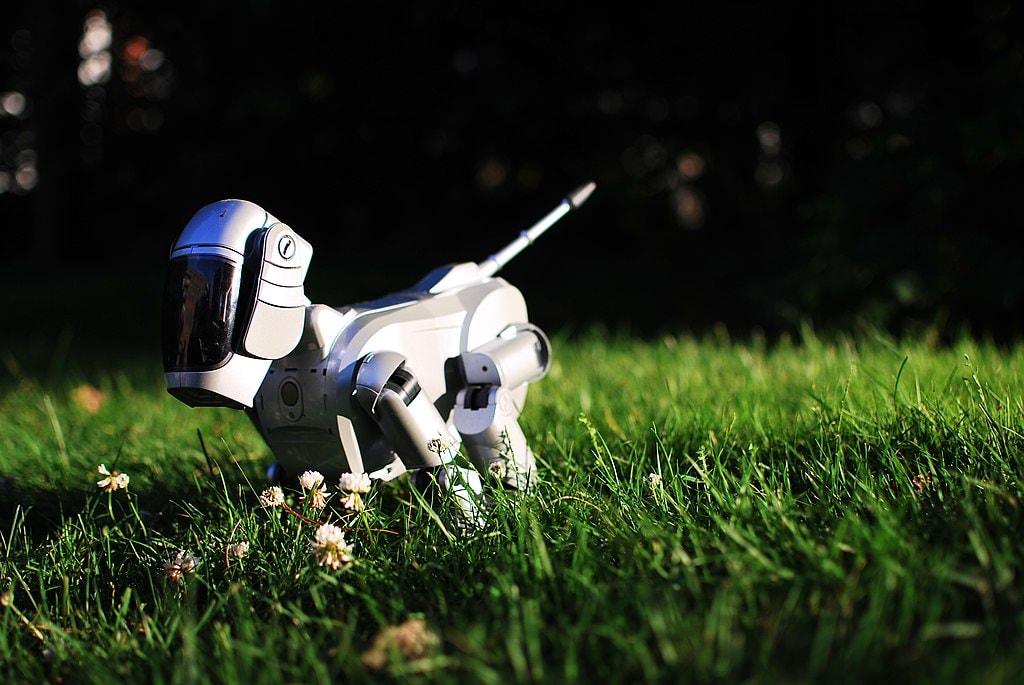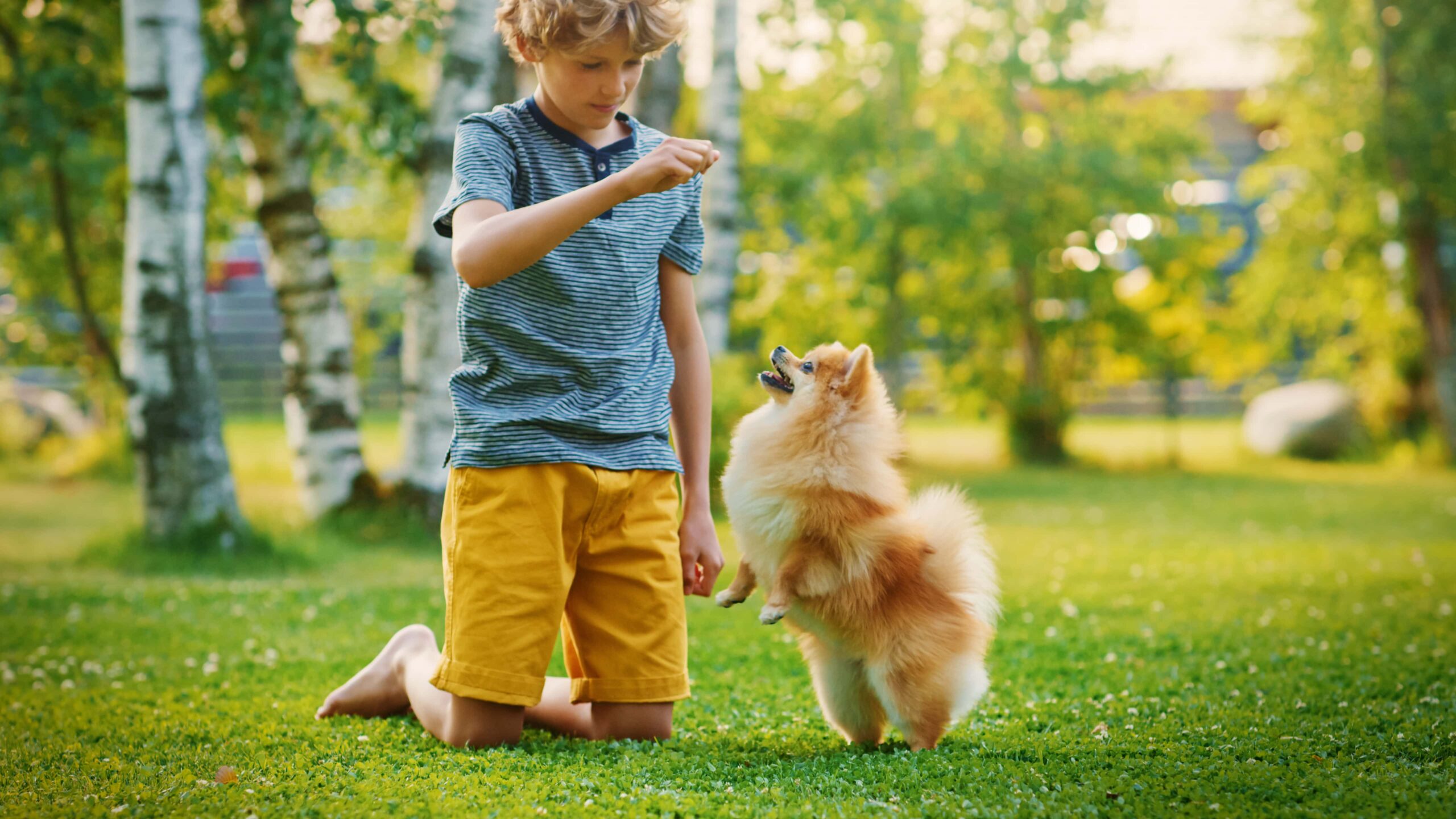While robot dogs have been around for years, technological advancements have made them become more considerable options for companionship. You can find robot dogs with all kinds of designs and functions. Some are designed to be pets, while others are used by law enforcement teams in some high-risk situations.
Robot dogs come in all price ranges. The most expensive ones cost several thousands of dollars and have AI technology to make them mimic dog behavior. The general public has mixed feelings about robot dogs, but they may be a more manageable alternative for people who don’t have the time or capacity to take care of a live dog.

How Do They Work?
The first robotic toy pets appeared in the late 1990s. These early models of robot dogs were toys that made sounds and could do one or two tricks. Later models had voice-activated programming and could respond to certain audio commands. However, the voice command features were still fairly limited, and the robot dogs could only perform a handful of tricks.
It appears that technology hasn’t advanced too much in the world of toy robot dogs, and you can find many toy dogs with similar features as the ones from the 1990s. However, you can find some robot dogs that stand out from other toy robots.
One of the most iconic advanced robot dogs is the Aibo by Sony.1 This robot dog uses AI technology to create unique personalities for robot dogs. The interactions with Aibo will be stored in an AI cloud, and Aibo’s personality and preferences will develop based on the interactions.
Advanced robot dogs may also function with an app on a mobile device. For example, Aibo robot dogs come with an app that you can use to download different kinds of food for the robot dog to eat.
What Are the Different Types of Robot Dogs?

Robot dogs are most commonly seen in children’s toy aisles. Cheaper toys will have light-up functions, can make a few sounds, and have limited mobility. You can also find some toy robot dogs with remote controls that allow users to control their movements. Many toy robot dogs also have voice recognition technology and can learn and perform a few tricks by listening to voice commands. Some also have the purpose of teaching responsibility. These types of robot dogs must be fed and also cleaned up after they go potty.
Robot dogs can be used as companions. For example, Aibo provides a unique experience where it develops a unique personality and character through AI technology. Some robot dogs also have therapeutic designs with the purpose of providing comfort for users.
Other robot dogs have more functional purposes. In recent years, local law enforcement agencies have acquired robot dogs. These dogs are meant to be deployed in certain hostile situations that could put humans in danger. For example, they can be used to deliver food to hostage situations or scout potentially dangerous areas.
The future of robot dogs used for police and military purposes is unclear as they have sparked controversy. People are concerned with the potential of these dogs becoming weaponized. There are also concerns about AI technologies and inaccurate decision-making with AI.

Where Are They Used?
Robot dogs are mostly used as children’s toys. The range of capabilities for toy robot dogs varies greatly. Some toys can be less than $50, while others can cost thousands of dollars. The cheaper robot dogs often just have entertainment purposes, while the more expensive ones have advanced technology and are designed to be companion pets.
You can also find robot dogs being used in therapeutic settings. These dogs often have soft faux fur, mimic breathing, and may generate low heat that’s similar to body heat. A study completed in 2017 found that the PARO robot dog decreased stress and anxiety in older adults with dementia.
Advanced technology is also propelling the use of robot dogs in more professional settings. These robot dogs often have cameras and more durable designs so that they can be used in high-stake and intense circumstances. They may be used for search and rescue missions and bomb detection.
Many robot dogs have cameras and sensors, so they can be used for surveillance purposes. Even companion robot dogs, like the Aibo, have a patrol mode that enables them to identify persons of interest and survey different patrol routes.
Advantages of Robot Dogs

One of the biggest advantages of robot dogs is less responsibility. Robot dogs don’t need to be fed or taken out for potty breaks. They can also be left alone, and you don’t have to worry about finding a pet sitter or boarding services whenever you have to leave home for an extended period.
Robot dogs can also be a good way to teach children about responsibility without taking in a live animal. They’re a safe way to teach children about dogs, and you won’t have to worry about them accidentally getting knocked over or bitten.
Robot dogs with therapeutic designs can also be helpful for older adults who no longer have the mobility to care for a live dog. These types of robot dogs have also been shown to help people with loneliness or help older adults living with dementia.
Disadvantages of Robot Dogs
The technology for toy robot dogs isn’t very advanced, so many children end up getting bored of them fairly quickly. Robot dogs with AI technology can be extremely expensive and can cost more than some live dogs. They may also require paying annual subscriptions to cloud storage.
Robot dogs also don’t emote very well. So, while you can develop some emotional connection to them, it’s not as in-depth as having an emotional connection with a live animal. Robot dogs also don’t really run and walk like real dogs. So, you won’t reap any physical health benefits that come with real dogs. You can go on walks, hike, or swim with real dogs, while a robot dog won’t be able to accompany you on these activities.


Frequently Asked Questions (FAQs)
What’s the Most Realistic Looking Robot Dog?
Currently, one of the most realistic-looking robot dogs is the Tombot. This dog is specifically designed for therapeutic purposes, so it has the appearance of a puppy and also mimics a dog’s movements. It can also recognize and respond to several different voice commands.
The robot dog that most closely mimics dog behavior is Aibo. Each robot dog has distinct food preferences and learned behaviors. Its personality develops based on the interactions it has with people, and it also has facial recognition and will treat people differently depending on its experiences with each person.
What Is the Most Famous Robot Dog?
The most well-known robot dog is Spot. Spot was created by Boston Dynamics with the purpose of performing challenging or dangerous tasks. So far, this robot dog model has been acquired by the New York Police Department, sent to sweep for mines in Ukraine, and used for guard dog purposes in Australia.
How Much Do Robot Dogs Cost?
The price of a robot dog will depend on its purpose and capabilities. Basic toy robot dogs can cost between $20-$50. More advanced toy robot dogs with remote controls and AI technology can cost between $200-$3,000.
Therapeutic robot dogs are usually between $100-$300. The most expensive type of robot dog are the ones designed for heavy-duty tasks, law enforcement, and military use. These dogs can easily surpass $10,000. For example, the Spot robot dog developed by Boston Dynamics costs about $74,000.

Conclusion
Robot dogs come in all shapes and sizes, and they’re used in various settings. While most robot dogs are used for recreational purposes, some have advanced features that enable them to engage in high-stakes jobs. While the current technology surrounding robot dogs can’t fully replace live dogs, robot dogs can still be a good option for individuals unable to care for a real dog. It will be interesting to see how further investments in research and technology will continue to enhance robot dogs and enable them to be used in diverse settings.
Featured Image Credit: AIBO ERS-7 following pink ball held by child (Stuart Caie, via Wikimedia Commons CC BY 2.0)
